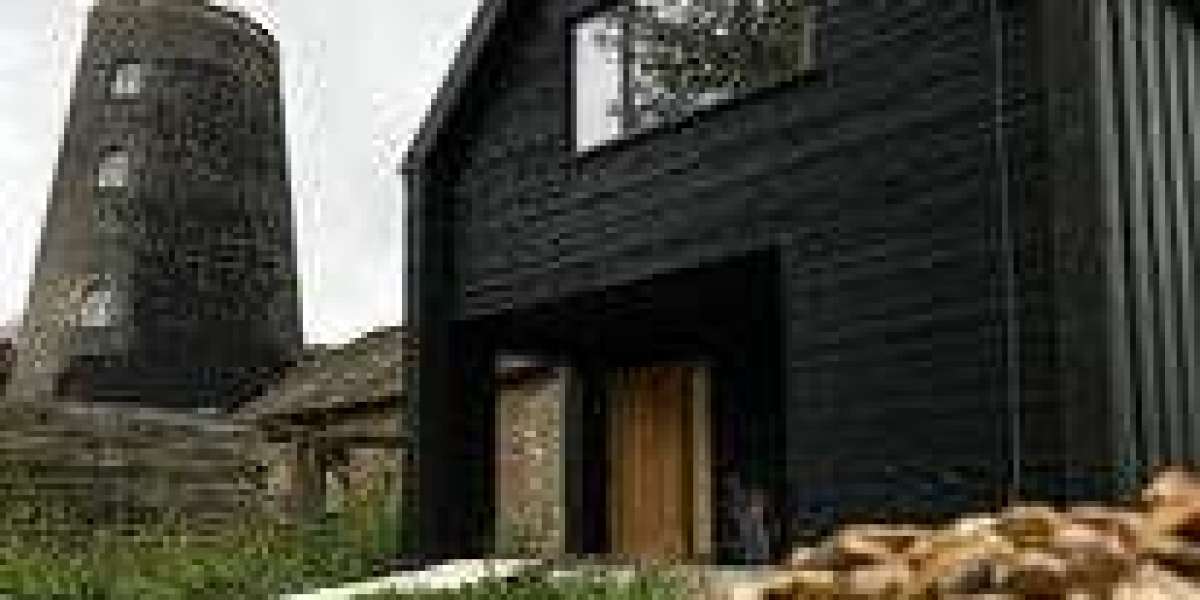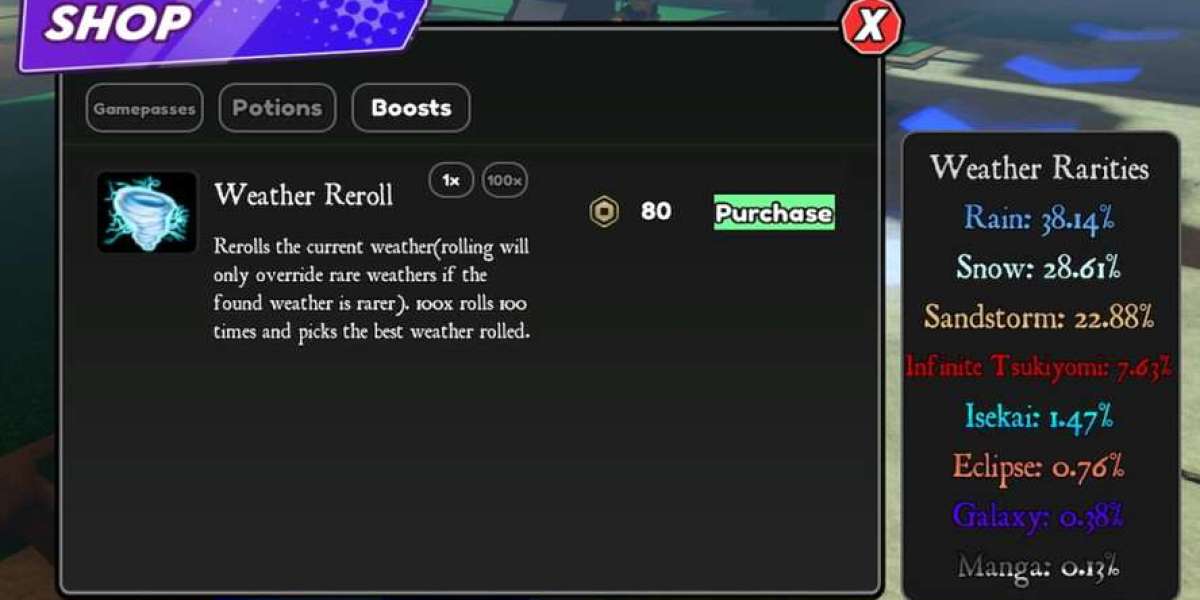The Future of Exterior Cladding: Shou Sugi Ban Accoya
In this ever-growing area of architecture and design, materials that are beautiful, durable, and sustainable are being sought after. An outstanding example of this duality is Shou Sugi Ban Accoya, a trending combination of ancient craftsmanship and current wood technology.
This distinct union is not simply a trend but is shaping up to be the exterior cladding of tomorrow. Yet what is it that makes Shou Sugi Ban Accoya so unique? Let's break it down and see why this match made in heaven is gaining traction with architects, builders, and homeowners alike.
What Is Shou Sugi Ban?
Shou Sugi Ban, or Yakisugi, is an ancient Japanese process of charring the surface of wood for preservation. Historically, Shou Sugi Ban was done with Japanese cedar, charring the wood away until it becomes black with a very textured finish, thus making it more beautiful and also more resistant to moisture, pests, and fire.
This gives rise to an imposing natural façade, combining resilience and drama. The texture of the charred surface will differ in feel and depth depending on application-as in methods from light to deep burns creativity will be up to the designer.
What Is Accoya?
Accoya is an acetylated stable wooden product manufactured following international standards through a non-toxic process that alters the wood's cellular chemistry. The structure alteration gives Accoya an advanced dimension of durability, stability, and resistance to rot, making it suitable for exterior applications under severe conditions.
Accoya is derived from fast-growing, sustainably managed sources of softwoods mostly radiata pine-acceptably competing with tropical hardwoods without environmental liability in the balance. Accoya is FSC-certified and therefore favored by green builders and environmentally conscious clients alike.
Why Shou Sugi Ban + Accoya = A Game-Changing Combination
1. Unmatched Durability
Traditional Shou Sugi Ban finishes, especially with softwoods such as cedar, are beautiful but, with poor maintenance, can crack, cup, and decay. Accoya is one tough customer, quite dimensionally stable and resistant to rot. Being charred using the Shou Sugi Ban method only adds to its robust nature.
No wonder, it is one of the toughest exterior cladding solutions naturally available, which withstands several weather conditions, coastal settings, and extreme UV exposure with unrelenting durability for years.
2. The Long-Life Product with Little Maintenance
The other big flaunt of Shou Sugi Ban Accoya is low maintenance. While many wood products require a sealant or stain to beautify and protect them, Accoya, thanks to its chemical stability, can retain its form and function without warping or swelling.
The Shou Sugi Ban charred layer Inflamed provides natural protection by reducing the need for frequent refinishing. Due to its lower long-term costs and lesser required efforts, Shou Sugi Ban Accoya is a disruptive process compared to wood siding.
3. Dramatic Aesthetic Qualities
No one can deny that Shou Sugi Ban makes a powerful visual impact. The charred finish, which enhances the grain in truly hypnotic patterns, displays a rich tactile surface that will change as the lighting and angles vary with tone and texture.
Using Accoya as a base does even more obvious work in refinement. This charred Accoya has uniform grain patterns and a good finish and thus works very well for sleek and consistent aesthetics. Such aesthetics would fit equally well in minimal, modern homes versus commercial exterior facades that would be anything but timid.
With the various levels of charring available (light brushing to full-black), there is plenty of scope for customization and expression.
4. Sustainability and Environmentally Friendly
Sustainability is no longer an option; it has become a basic need. Luckily, Shou Sugi Ban Accoya renders all requirements.
Accoya is manufactured from non-endangered, fast-growing timber-FSC certified; thereby, relieving stress on the hardwood forests that are generally deemed endangered.
The whole acetylation process is non-toxic; it does not share a common element with the environment.
Shou Sugi Ban uses fire as its primary method of preservation, rather than using chemical preservatives; that makes it an entirely natural and low-impact method of preservation.
So, Shou Sugi Ban Accoya is a perfect fit for any sort of environmentally conscious project, earning points towards green certificates like LEED or BREEAM.
5. Dimensional Stability
Accoya is known for its high resistance to swelling, shrinkage, and warped deformation in the presence of climatic changes. In combination with Shou Sugi Ban, this hybrid stability becomes a very important factor to conserve charred surfaces from eventual damage while still being flashy.
From 100-degree hot summers to 0-degree cold winters, Shou Sugi Ban Accoya maintains shape and integrity, guaranteed from the standpoint of builders and clients alike.
6. Fire Protection
It sounds strange, but it's true: Charred wood resists fire more than uncharred. The carbon layer acts as an insulating barrier, inhibiting ignition and burning.
Shou Sugi Ban Accoya, being dense, is therefore a wise choice for fire-sensitive areas and in places where strict fire laws apply.
The Bottom Line
Shou Sugi Ban Accoya is not simply a trendy new form of siding; it's a cutting-edge answer that marries the old with the new. It joins age-old principles of wood preservation with some of the most advanced wood technology available today.
For architects pursuing a bold aesthetic, builders in search of longevity, and homeowners who value sustainability, Shou Sugi Ban Accoya strikes the ideal balance between aesthetic appeal, practical use, and environmental integrity.
The next acceleration we should witness is towards growing buildings clad in this gorgeous resilient wood in the face of an expanding market for sustainable high-performance materials. The future of exterior design is burnt, and it is called Accoya.








